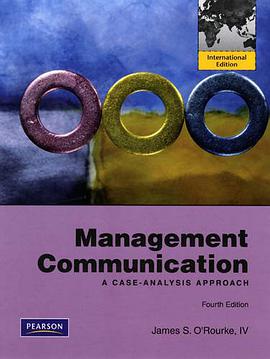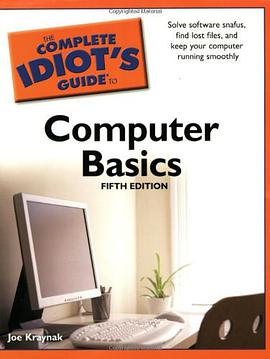

A cornerstone of applied probability, Markov chains can be used to help model how plants grow, chemicals react, and atoms diffuse - and applications are increasingly being found in such areas as engineering, computer science, economics, and education. To apply the techniques to real problems, however, it is necessary to understand how Markov chains can be solved numerically. In this book, the first to offer a systematic and detailed treatment of the numerical solution of Markov chains, William Stewart provides scientists on many levels with the power to put this theory to use in the actual world, where it has applications in areas as diverse as engineering, economics, and education. His efforts make for essential reading in a rapidly growing field. Here, Stewart explores all aspects of numerically computing solutions of Markov chains, especially when the state is huge. He provides extensive background to both discrete-time and continuous-time Markov chains and examines many different numerical computing methods - direct, single-and multi-vector iterative, and projection methods. More specifically, he considers recursive methods often used when the structure of the Markov chain is upper Hessenberg, iterative aggregation/disaggregation methods that are particularly appropriate when it is NCD (nearly completely decomposable), and reduced schemes for cases in which the chain is periodic. There are chapters on methods for computing transient solutions, on stochastic automata networks, and, finally, on currently available software. Throughout Stewart draws on numerous examples and comparisons among the methods he so thoroughly explains.
具体描述
读后感
评分
评分
评分
评分
用户评价
相关图书
本站所有内容均为互联网搜索引擎提供的公开搜索信息,本站不存储任何数据与内容,任何内容与数据均与本站无关,如有需要请联系相关搜索引擎包括但不限于百度,google,bing,sogou 等
© 2025 book.wenda123.org All Rights Reserved. 图书目录大全 版权所有




















